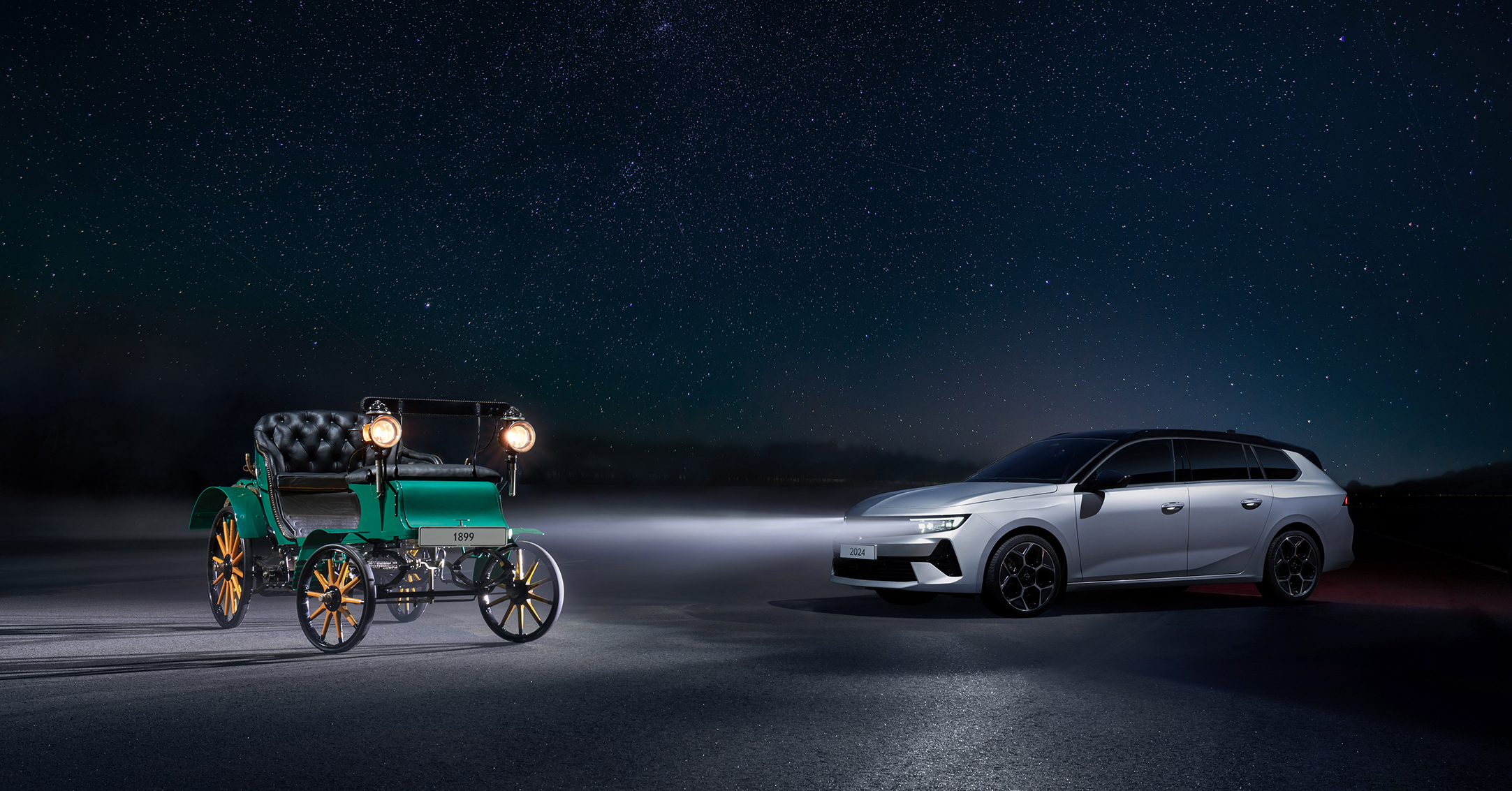On 21 January 1899, Wilhelm Opel, the second eldest son of company founder Adam Opel, signs the decisive contract. The document that transforms the previously successful Rüsselsheim-based company, which manufactures sewing machines and bicycles, into a car manufacturer. For the price of 116,887 marks, not only the Anhaltische Motorenwagenfabrik becomes the property of Opel. The entire operation is relocated from Dessau to Rüsselsheim without further ado – including employees and machinery.
The previous owner, Friedrich Lutzmann, is given a two-year contract as sales manager of the Adam Opel Motorfahrzeug-Fabrik. From then on, things happened in quickly: the first units of the new Opel Patentwagen left the factory in the spring of 1899 as the first automobiles produced in Rüsselsheim. The maximum speed of the motor carriage is around 20 km/h. After a few months, stronger and faster versions are added. Even a delivery van is available. The first advertisements for the new models appeared and announced, “Opel motorcars are the best”.
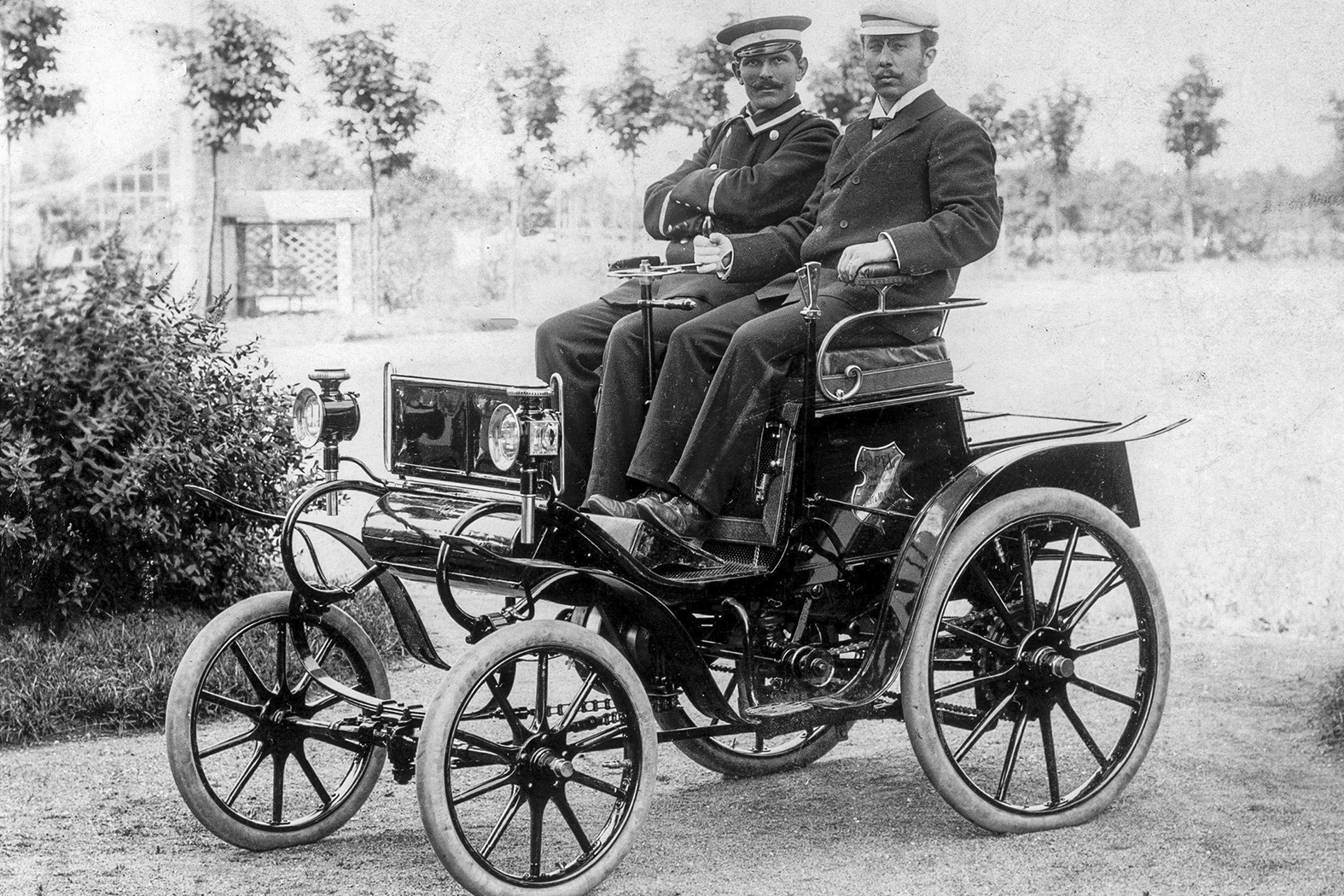
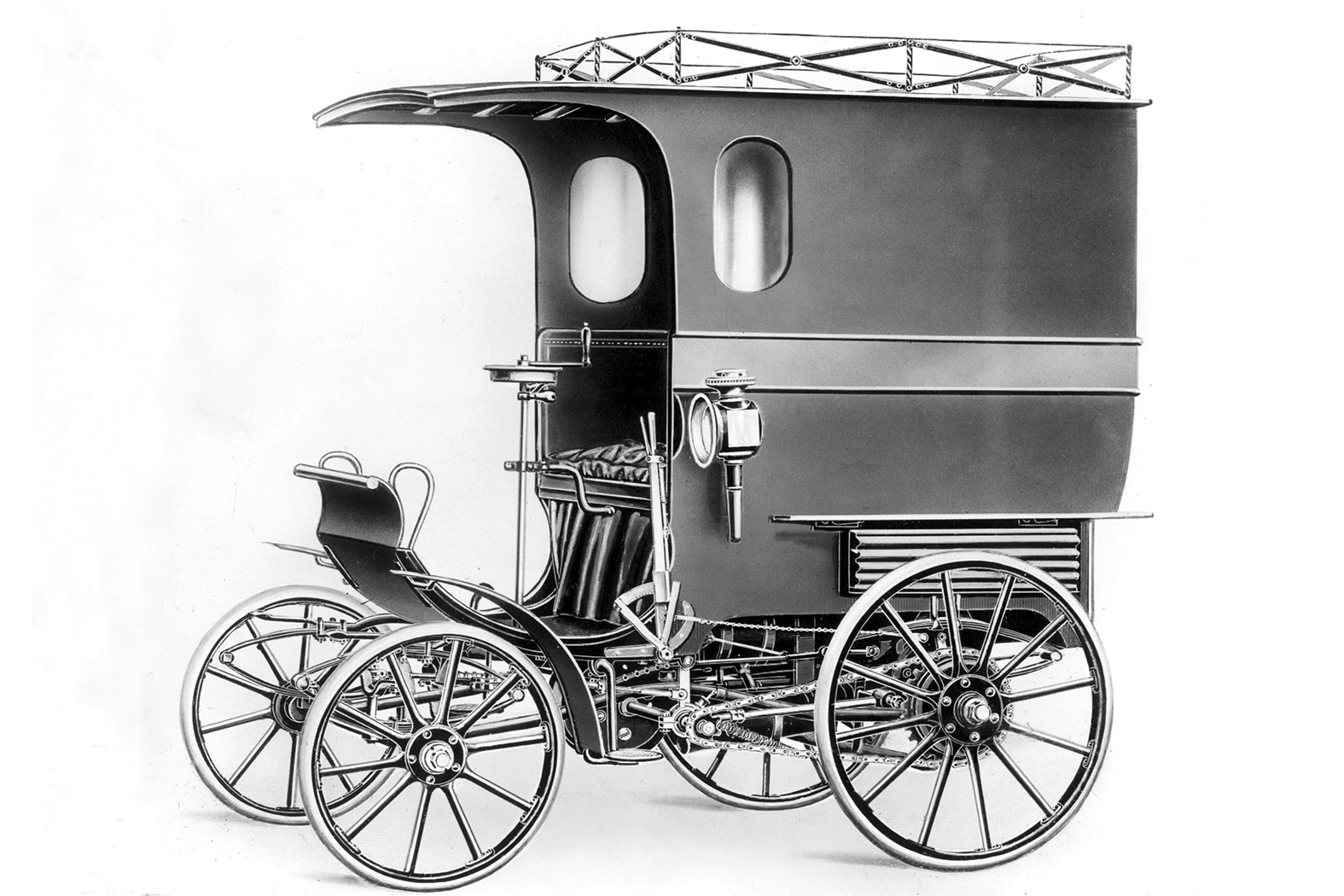
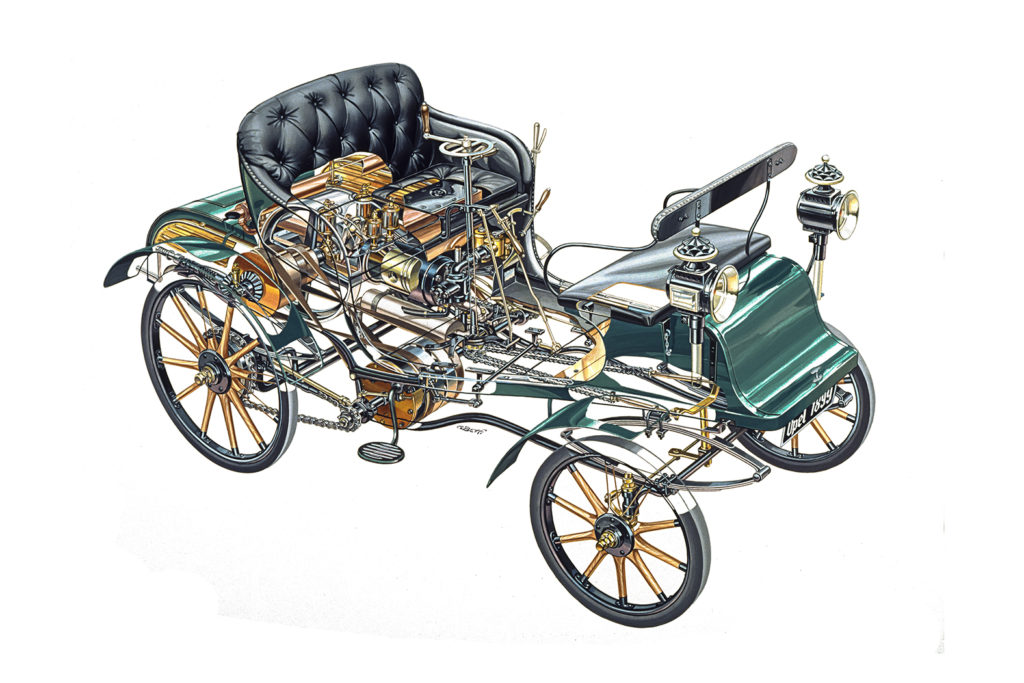
Technical details
The Opel Patentwagen System Lutzmann (1899): The horizontal 1,545 cm3 single-cylinder engine with a bore of 122 and a stroke of 132 millimetres achieves a maximum output of 3.5 hp at 650 rpm. This is transferred to the rear axle via a two-speed transmission with a drive belt. The maximum speed of the motor carriage is around 20 km/h. After a few months, stronger and faster versions are added.
Despite the euphoria of the Rüsselsheim car pioneers, the Opel designed by Friedrich Lutzmann was no longer technically up to date after the turn of the century. The desired production figures were not achieved even with the improvements in cooling and power transmission as well as with new body variants designed by Lutzmann. The time of carriage-based designs with high wheels and an engine under the seat was over.
Focus on France
However, Friedrich Lutzmann did not see himself in a position to design a modern automobile based on the latest technical findings and changing customer tastes. Therefore, after only two and a half years, his era at Opel ended in the summer of 1901. As a result, the Opel brothers increasingly turned their attention to France – the centre of technical progress at the time. There they meet Alexandre Darracq, an enterprising French car pioneer who has already enjoyed initial success with the idea of light and relatively affordable cars.
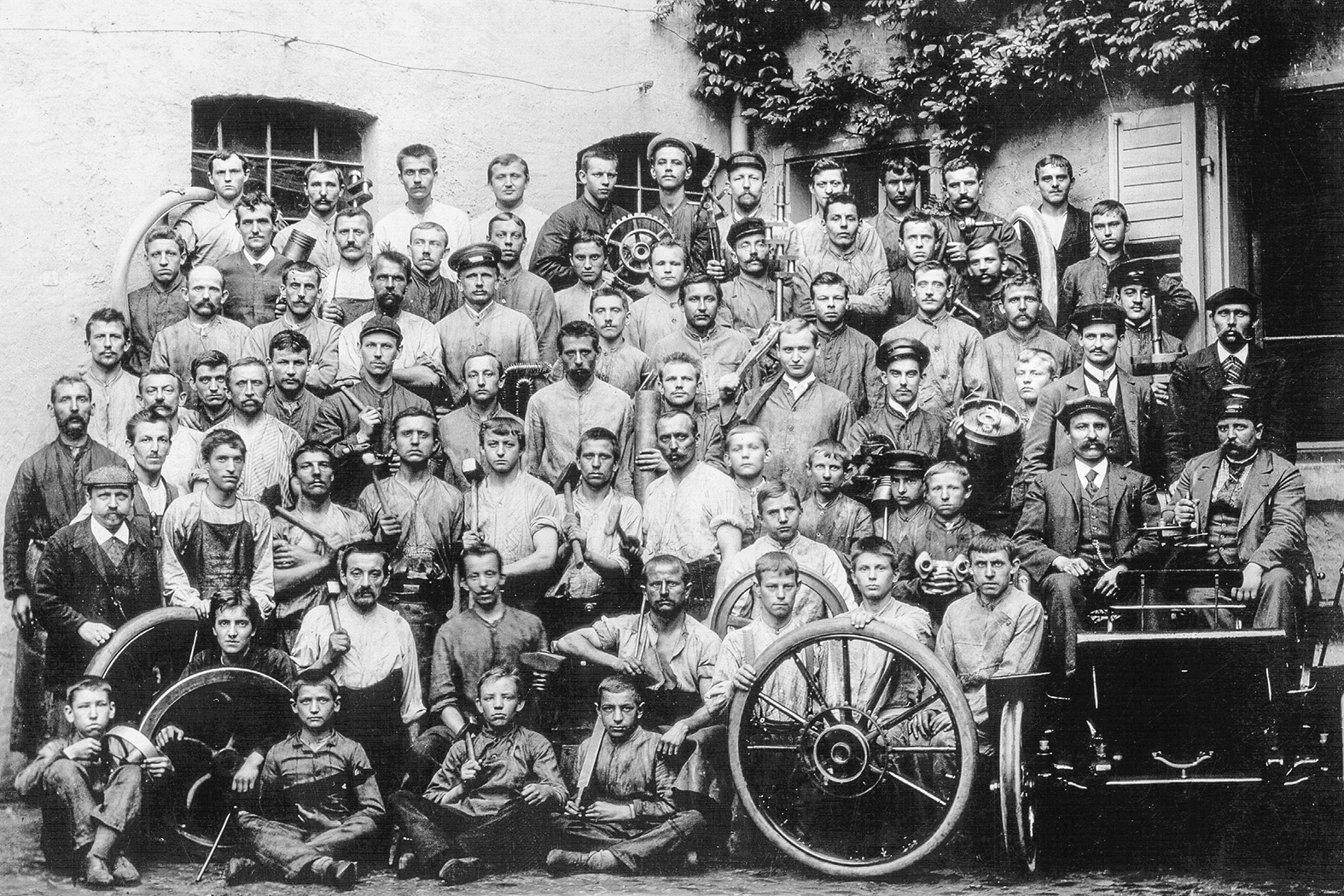
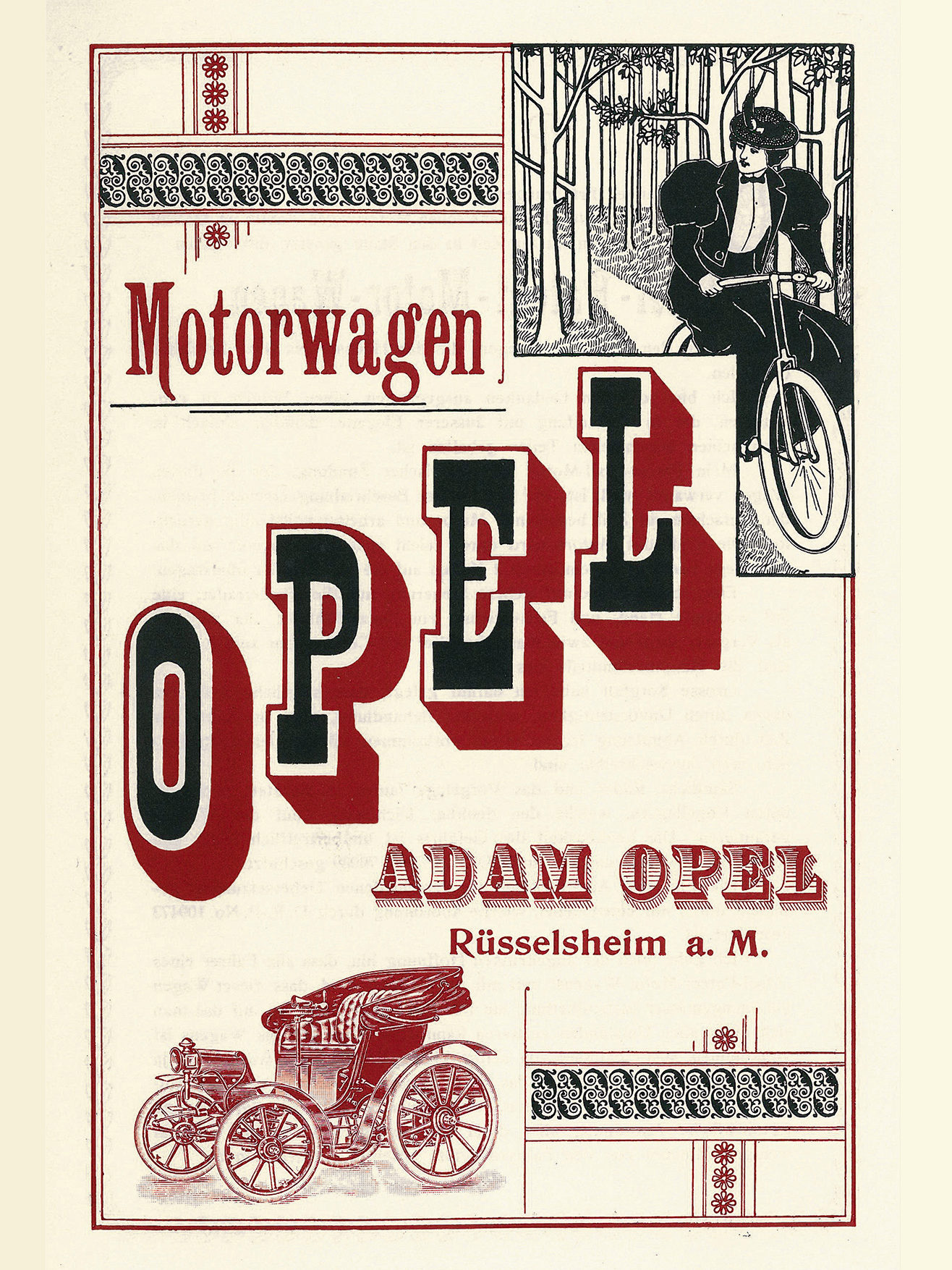
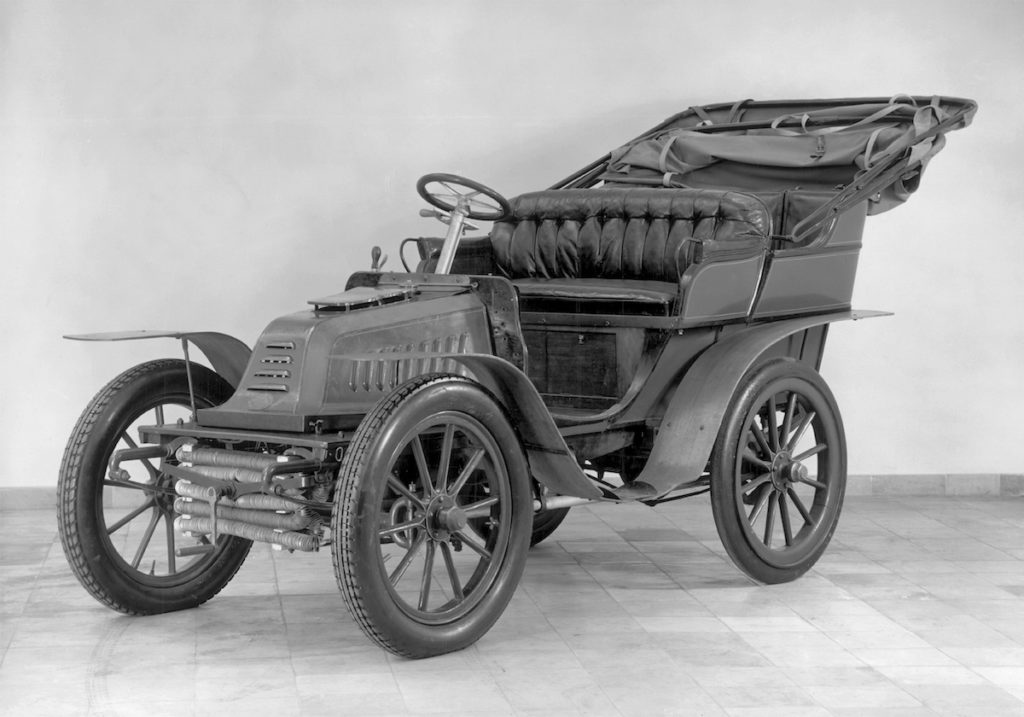
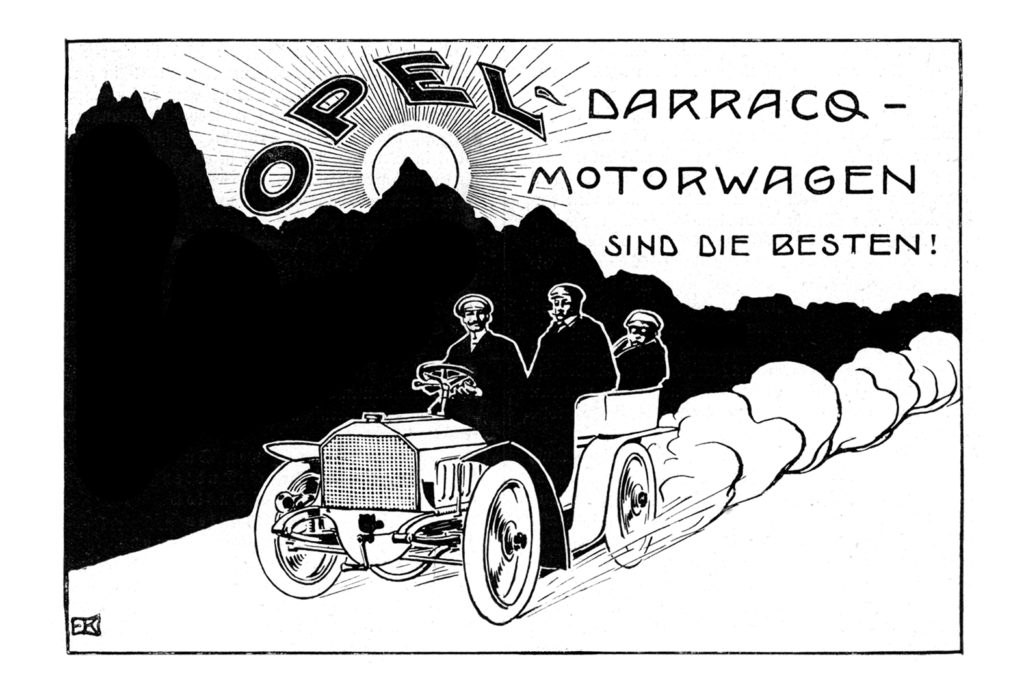
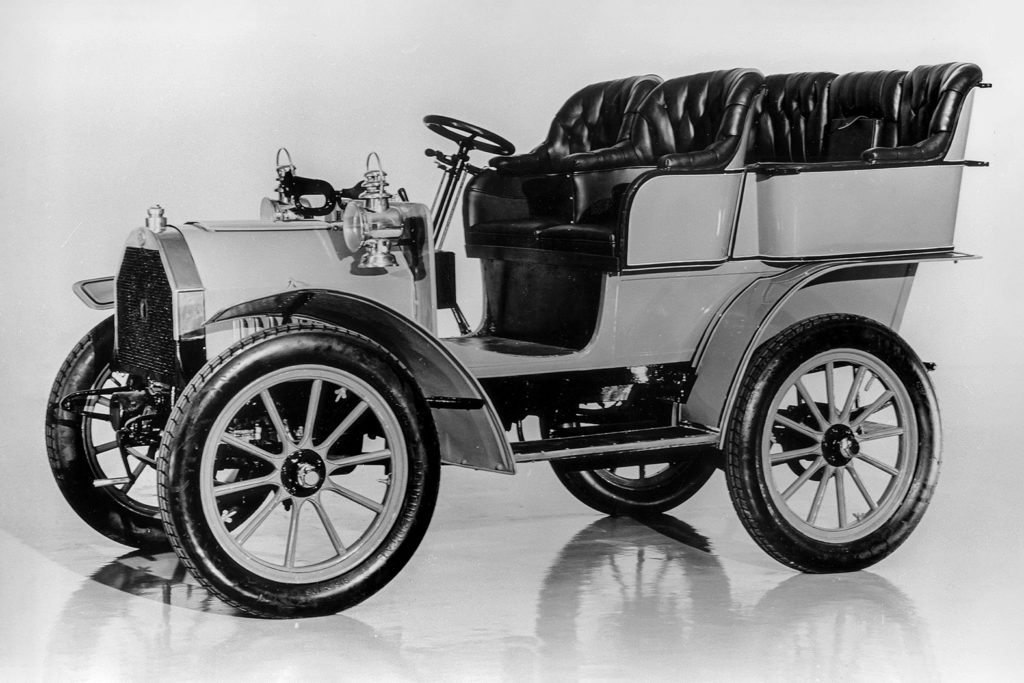
And Darracq is extremely willing to cooperate. With the arrival of the first Darracq chassis and vehicles in the winter of 1901/1902, the people of Rüsselsheim finally had access to the advanced material that gave them the chance to gain a permanent foothold in automobile production. At the same time, Opel engineers began to master the art of engine and car construction themselves. Dependence on a single person should no longer be repeated in the future. As early as the autumn of 1902, Opel showed the 10/12 HP, Opel’s first in-house design, at the Hamburg Motor Show.
From the “construction kit” to the “marriage”
In 1906, the 1,000th vehicle is already built. The Rüsselsheim car manufacturer achieved its final breakthrough in 1909 with the legendary 4/8 HP “Doktorwagen”. At 3,950 marks, it costs half as much as the luxurious competing models and paved the way for a broader section of the population to have their own automobile. The introduction of the modular system in 1910 also contributed significantly to this.
Opel was the first German manufacturer to introduce large-scale production using assembly line technology. The first car to roll off the assembly line in Germany in 1924 was the 4/12 PS “Laubfrosch”, always painted green. Just three years later, the Opel 4 PS, with a base price of only 2,980 marks, was no longer an expensive luxury item for the well-heeled, but developed into a reliable means of transport for many. At the same time, thanks to rational production, the car became more affordable from year to year – and with continuously increasing performance. Demand for Opel continued to grow, and in 1931 the 1.2 litre became the first true “people’s car”.
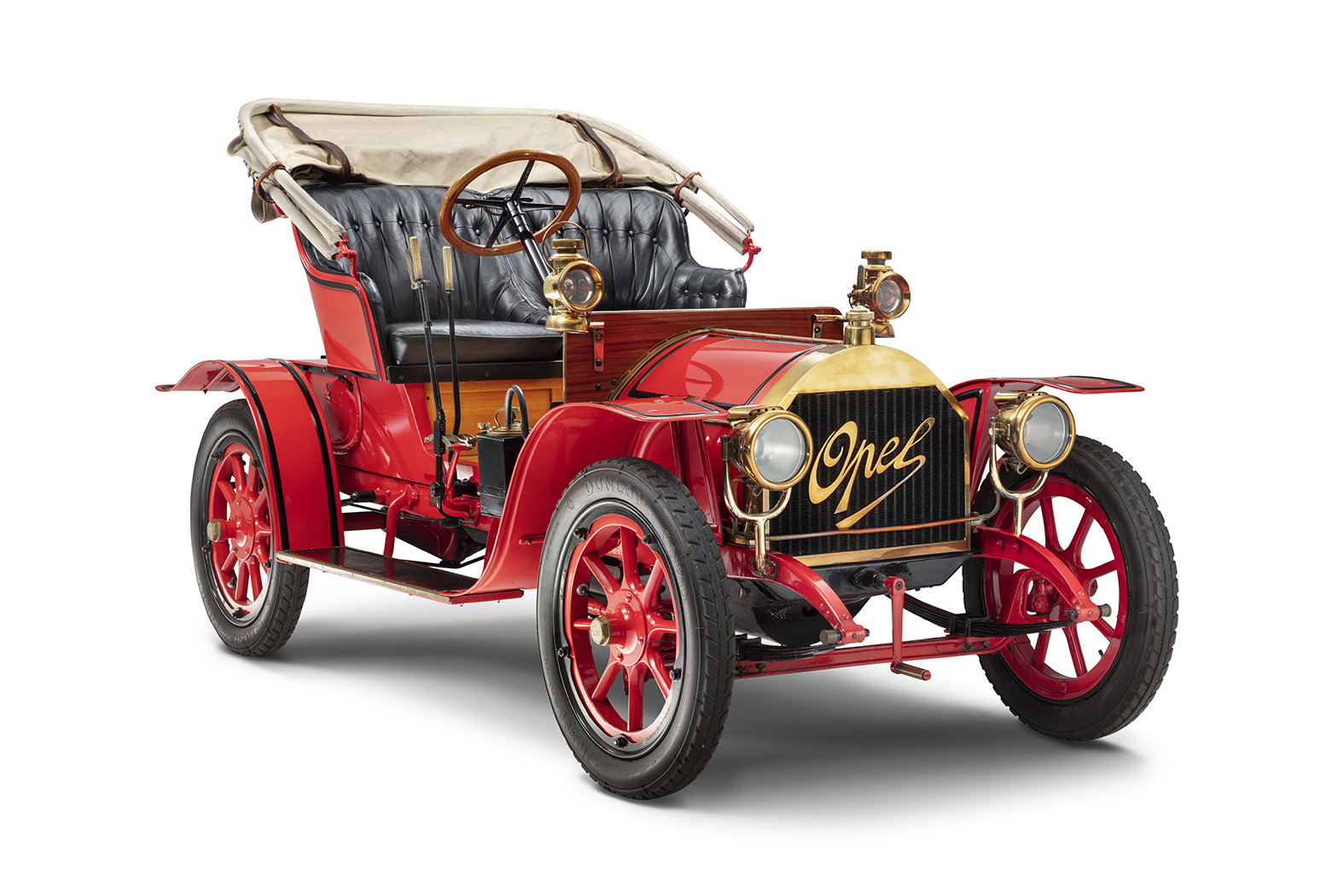
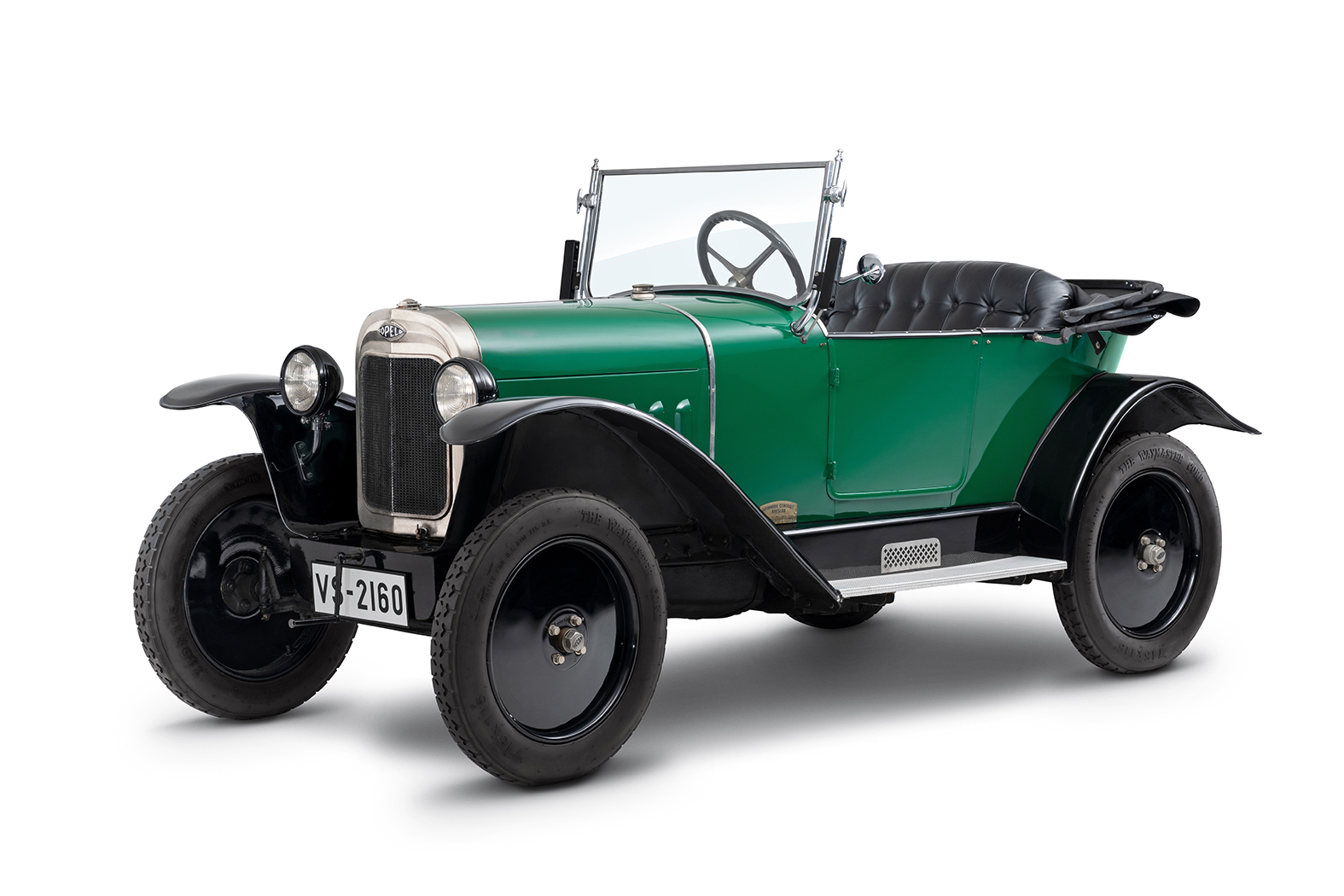
The next revolution in production followed soon after. In 1935, the new Olympia model became the first German mass-produced vehicle with a unitary all-steel body, which, thanks to its low weight, ensured improved driving performance and low fuel consumption. For the first time, the new design enabled the so-called “marriage” between the body and the power units. The entire production process was thus faster and more efficient, paving the way for the construction method to enter large-scale production.
Innovations today
Just one year later, Opel established the tradition of the almost nine-decade history of successful compact class models: With the Kadett, Opel is the first manufacturer to bring a family-friendly and, above all, affordable compact car onto the market. And so to this day the bestsellers “Kadett” and “Astra” are synonymous with affordable innovations in the compact class. This is also demonstrated by the latest Astra generation, designed, engineered and produced in Rüsselsheim, which is electrified, full of technological highlights and at the same time completely suitable for everyday use.
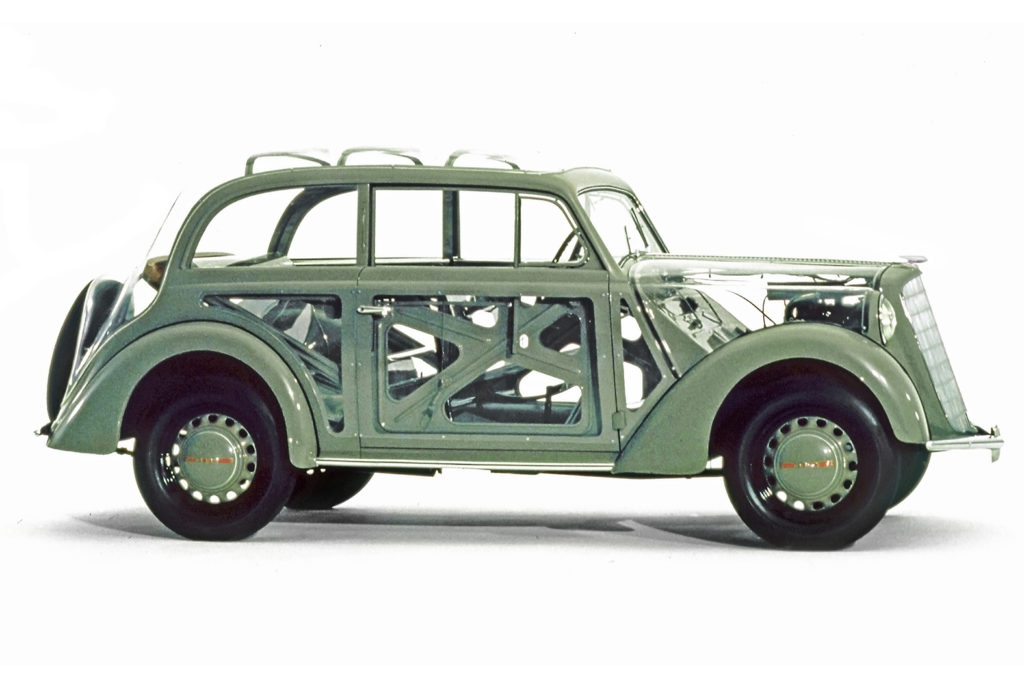
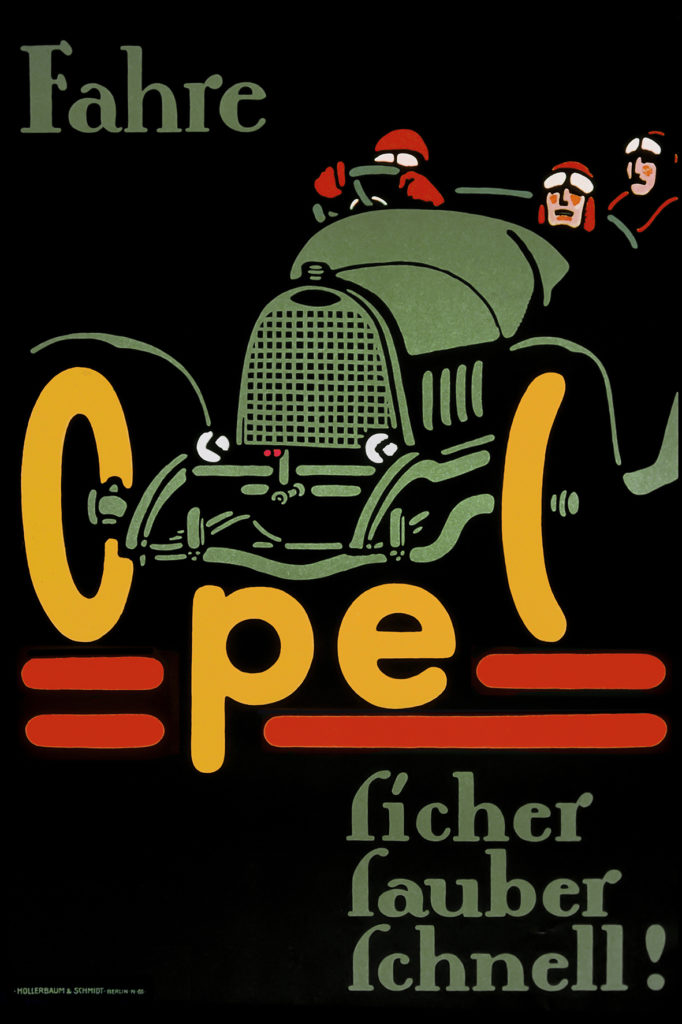
April 2024
